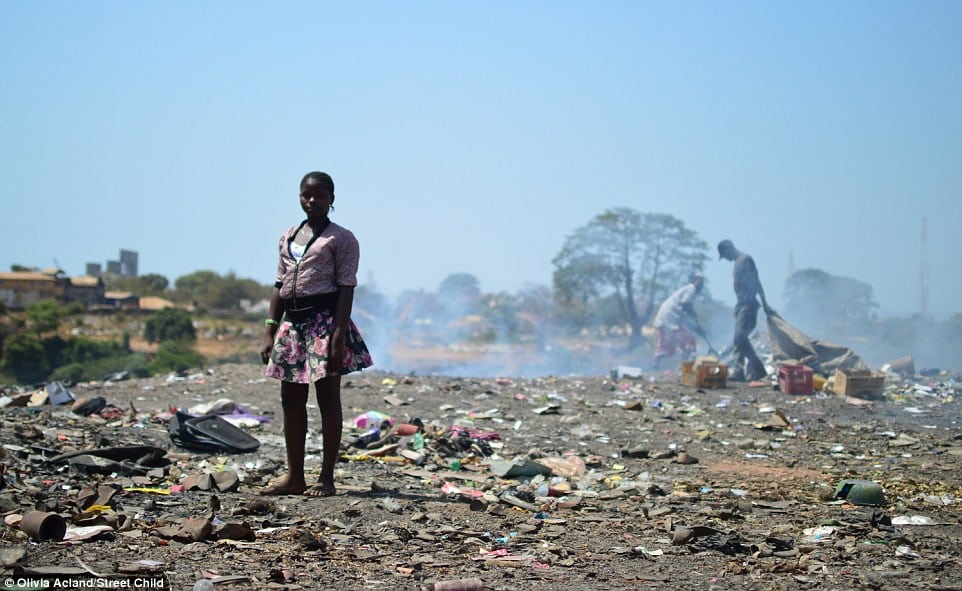Located in the east end of Freetown, is Bomeh, the largest dumpsite in Freetown, Sierra Leone.
Here, on a daily basis, people come to dump all kinds of waste or find things that they can resell to make money. As a result, the dumpsite admits huge amounts of waste on a daily basis, putting the community at risk from pollution and all other kinds of diseases.

Various hazards are associated with the waste dumping sites.
Landfills such as this one cause serious problems for the environment.
Currently, we are generating too much waste. According to her World Bank report, the planet produced 2.01 billion tons of waste in 2016.
We are a society that over produces constantly and throws away just as much. But the thing is that now we don’t know what to do with our waste.
Surface water contamination, groundwater contamination, bad smell , odour, release of greenhouse gases, accidental hazard caused by fire, loss of vegetation, soil contamination are some of the hazards associated with dumping sites such as this one, on top of causing serious hazards for the health of the local population living around the area.
What are dumping sites or landfills?
Landfills are sites that have been designed for the purpose of dumping waste, rubbish or debris.
They are also known as dumping sites, rubbish dumps, garbage dumps, or a dumping ground and are the oldest and most common form of waste disposal.
Modern landfills are supposed to be well-engineered and managed facilities for the disposal of solid waste as well as to minimise the effects of rubbish on human health and the environment.
“In developing countries dumping sites are not always well organised and well designed and mostly follow a three step process: we collect, dump, and burn”, says Mohammed Kanu, manager of the dumping sites.
Before the land is used to store waste, diggers are used to give it a suitable shape and then cover it with an artificial water-resistant coating to prevent the rubbish from contaminating the soil.
The law states that landfill sites must be located away from inhabited areas, as well as areas used for farming or drinking water.
Waste is crushed and compacted, so it occupies as little space as possible, then transported in lorries to outdoor landfill sites, where it is dumped and buried under layers of soil to decompose.
But the truth is that much of this waste take years to decompose due to the conditions of the landfill sites, where there is little oxygen and moisture, and the characteristics of the material.




